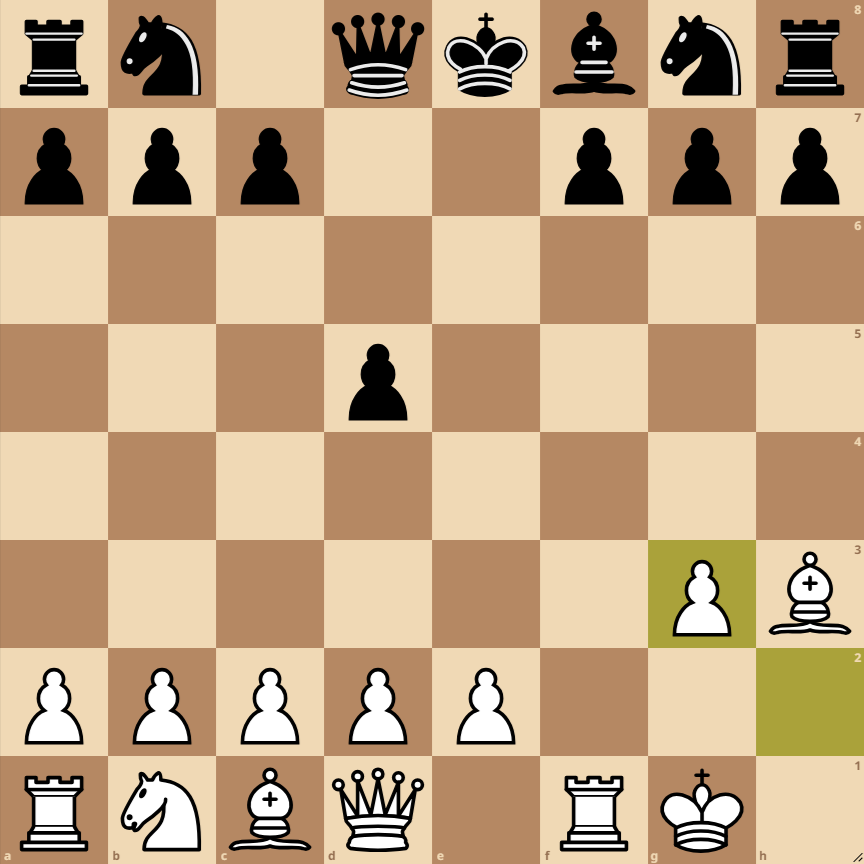How to Play the Amar Opening: Gent Gambit
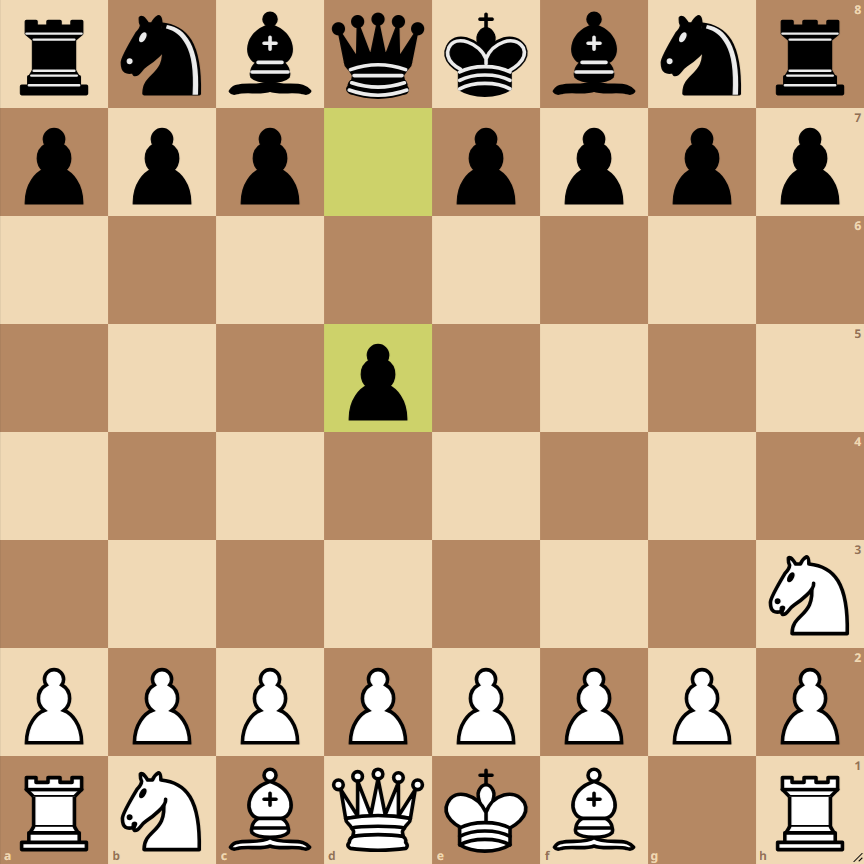
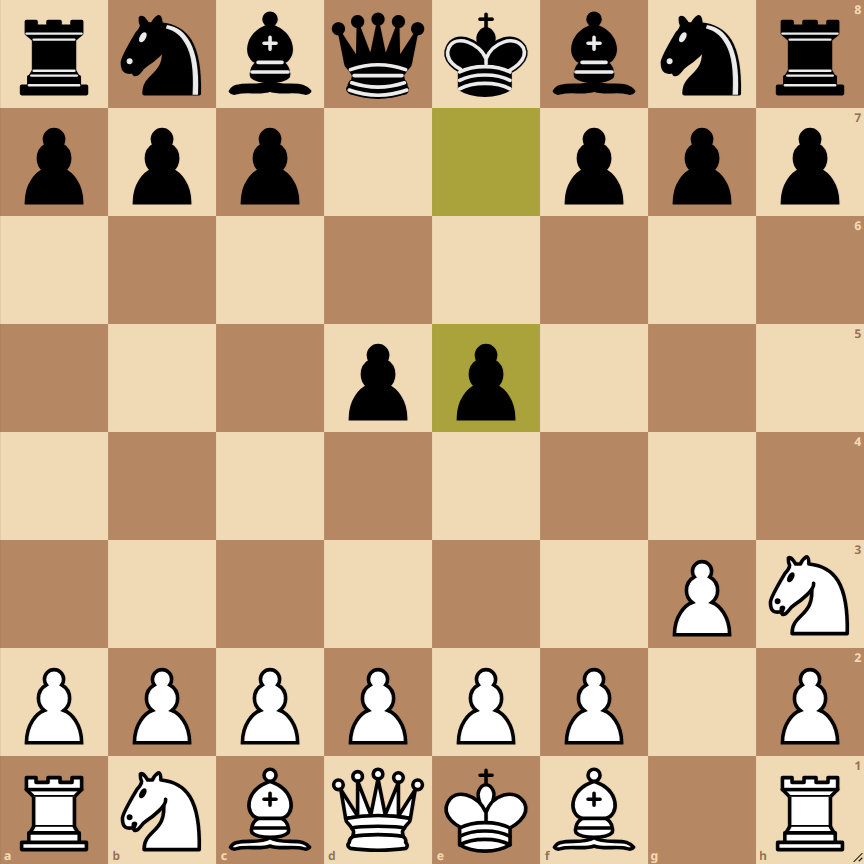
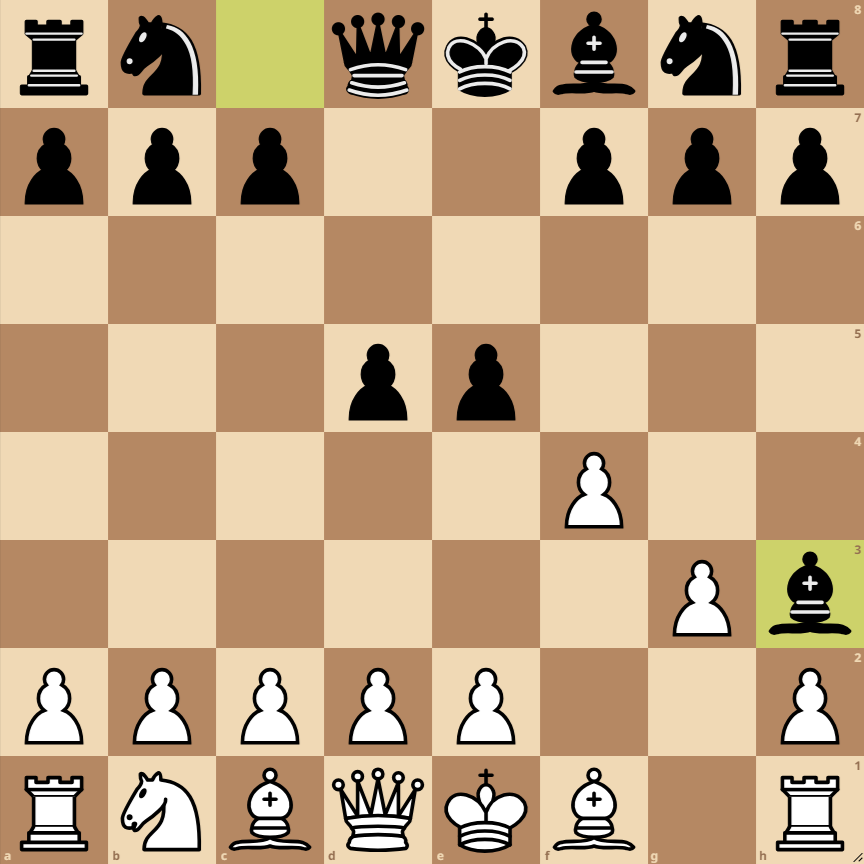
- 1. Nc3: This initial move of the Knight to c3 is unorthodox and seeks a strategy outside the main lines.
- 1… d5: Black plays d5, aiming to control the center and develop its pieces.
- 2. g3: White prepares for long castling and supports its bishop on g2.
- 2… e5: Black continues to control the center, challenging White to respond.
- 3. f4: White attacks the black pawn on e5, seeking to destabilize the center.
- 3… Bxh3: The Black Bishop captures the Knight on h3, an aggressive decision that opens the h-file against the White King.
- 4. Bxh3: White recaptures with the Bishop, maintaining pressure in the center.
- 4… exf4: Black takes the opportunity to capture the pawn on f4.
- 5. O-O: White castles kingside, placing its King in safety and activating the rook on f1.
- 5… fxg3: Black captures on g3, opening the h-file against the White King.
- 6. hxg3: White recaptures on g3, maintaining the pawn structure on the kingside.
Variants of the Amar Opening: Gent Gambit
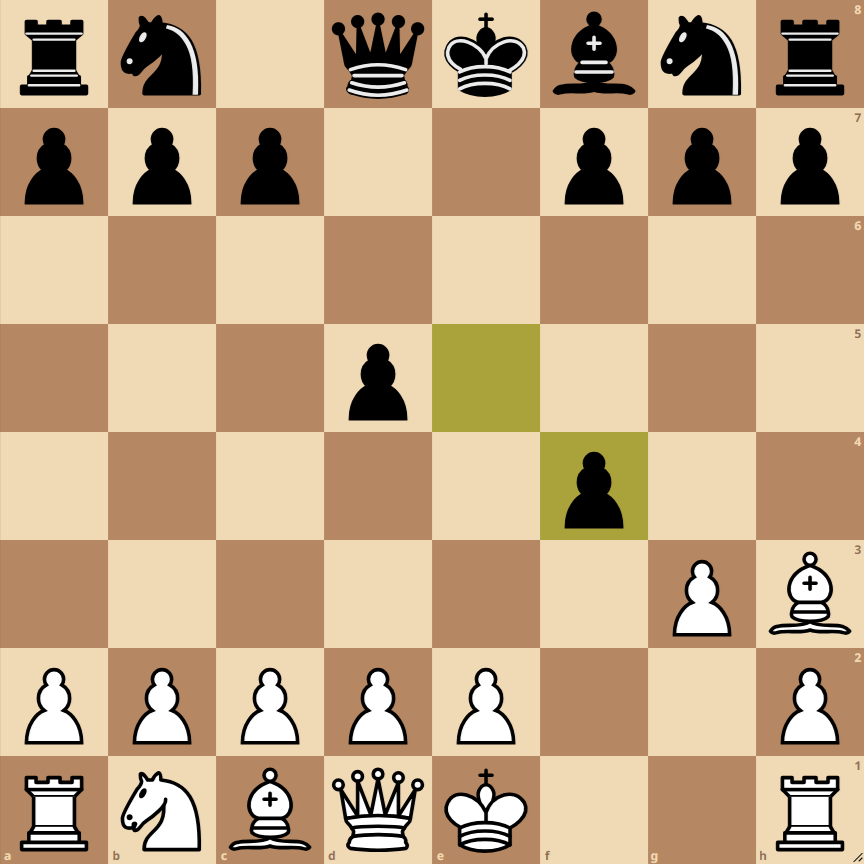
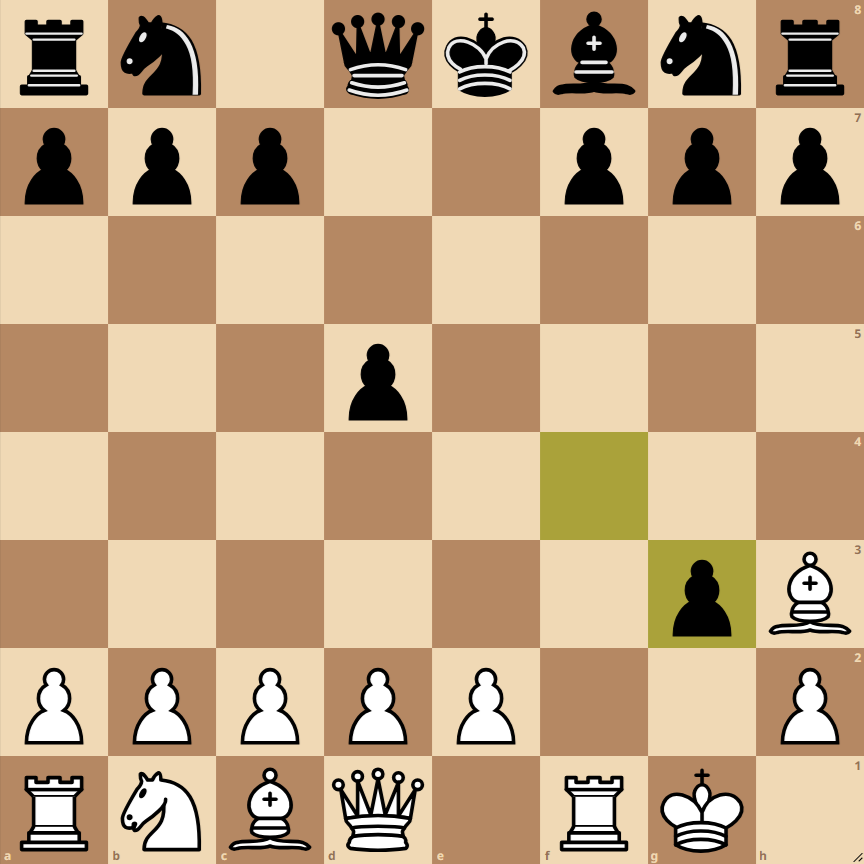
Variation 1: 2… Nf6
In this variation, Black develops its knight to f6, aiming to control the center and prepare for future castling.
Variation 2: 3… Bd6
After 3. f4, Black can choose to develop its bishop to d6, protecting the pawn on e5 and increasing pressure in the center.
Variation 3: 4… Nc6
Following 4. Bxh3, Black can develop its knight to c6, aiming to reinforce the pawn on e5 and prepare for central moves.
Strategic and Tactical Analysis of the Amar Opening: Gent Gambit
In this game, we are analyzing an example of the Amar Opening, specifically a variation known as the Gent Gambit. The game has progressed with a series of unusual moves that have led to a complex and tactically rich position. Let’s look at the position after 6…hxg3.
Game Development
Nc3 d5
g3 e5
f4 Bxh3
Bxh3 exf4
O-O fxg3
hxg3
Position Analysis
After these moves, White has developed its bishop and knight but has sacrificed a pawn, and the structure of its kingside is weakened. Black, on the other hand, has managed to capture a pawn and has opened lines for its pieces, especially the bishop and queen.
Strategies and Tactics for White
White should focus on leveraging its piece development and the greater mobility of the king. With the king castled, they can look for opportunities to launch an attack in the center or on the queenside, using their bishop on h3 and possibly maneuvering their knight to more active positions.
Strategies and Tactics for Black
Black has a more solid pawn structure and a pawn advantage. Their immediate goal should be to complete development, especially mobilizing their major pieces (rooks and queen). Castling could be an option, but they should be cautious due to the potential weakness on the kingside.
Next Best Moves
- Bd6: This move develops the bishop to an active square, pressuring the center and preparing for castling.
- Nf6: Develops the knight, controls the center, and prepares for castling. It also opens up possibilities for tactical attacks.
- Qd6: Offers the possibility of queenside castling for Black while placing the queen in an active and potentially threatening position.
Conclusion
The current position is the result of an unorthodox opening that has led to interesting tactical possibilities for both sides. The key for both players will be effective piece development and identifying tactical opportunities while maintaining king safety. The game is at a critical point where each move can have a significant impact on the final outcome.

